Hong Kong has something for everyone, from its impressive silver skyline and idyllic beaches to enticing eateries and glistening shopping malls.
Ready to explore the city for the first time but unsure where to begin? Our complete beginner’s guide to Hong Kong includes everything from how to navigate the city and useful Cantonese phrases to the best local delicacies to try.
If you only have a weekend in the city, check out our 48-hour itinerary for Hong Kong.
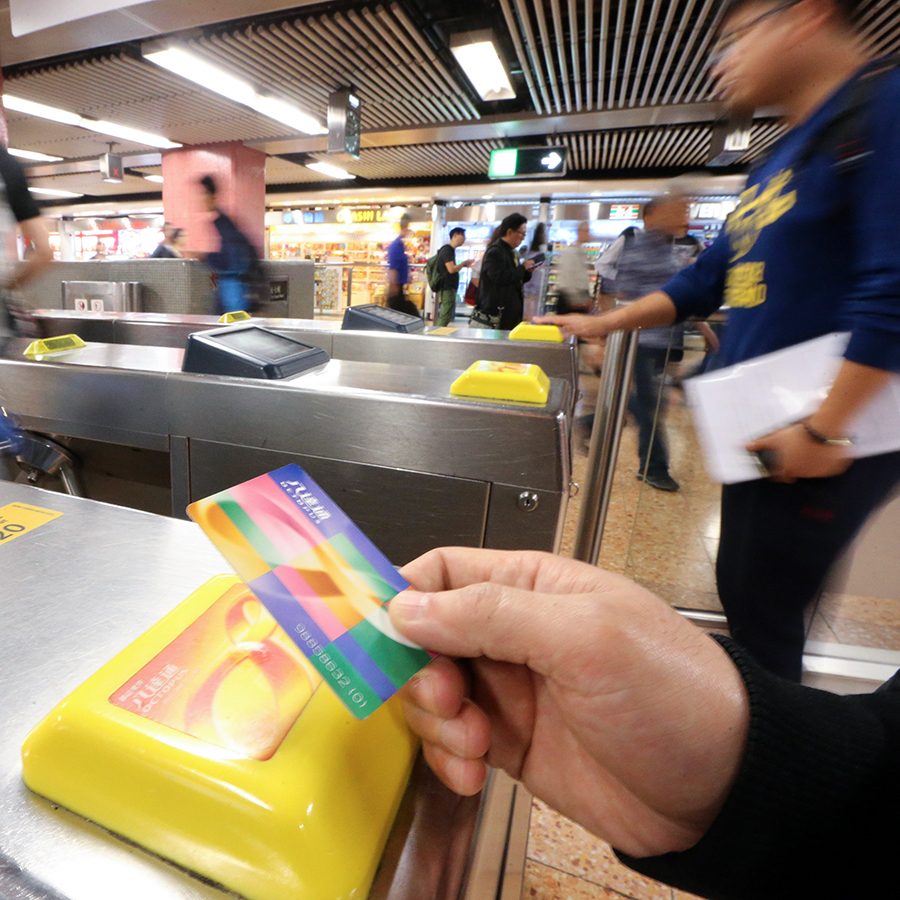
Credit: South China Morning Post/Getty Images
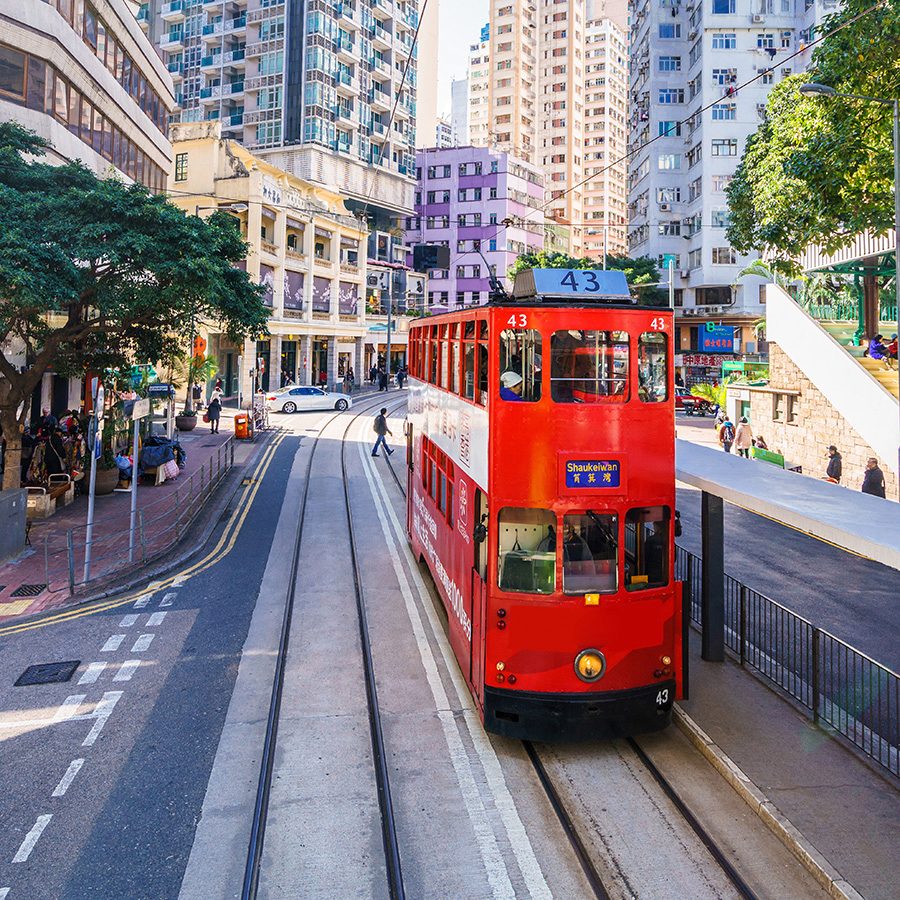
Credit: CHUNYIP WONG/Getty Images
How to get around Hong Kong
Hong Kong consists of three main regions: Hong Kong Island, the Kowloon Peninsula and the New Territories. The former two are separated by Victoria Harbour, offering views of the city’s famous skyline from either side, while the New Territories sits north of Kowloon and accounts for almost 86 per cent of the city’s land mass. Hong Kong also includes 261 outlying islands.
An extensive public transit system connects most of these regions via bus, rail, ferries and tram – apps like Google Maps, Citymapper and HKeMobility will recommend optimal routes and modes of transport.
Hong Kong’s railway system, the MTR , is arguably the most straightforward to use, while public buses boast street views and may be comfier for some. Meanwhile, the ferry is a scenic choice for those looking to cross the Victoria Harbour , and a necessary one for travellers heading off on a day trip to an outlying island like Cheung Chau or Lamma Island.
The tram, which traverses Hong Kong Island from east to west, offers visitors a laidback journey, with a characteristic ding ding ringing out as it grinds to a halt at each stop. Green- and red-roofed minibuses serve express routes to certain areas like hospitals or residential complexes, but often require passengers to call to the driver in Cantonese when they need to disembark. It’s perhaps not the most tourist-friendly option, but there are plenty of other ways to get around.
For convenience, travellers should purchase an Octopus card , which gives you access to the above modes of public transport and can be topped up with the Octopus mobile app or in person. The card can also be used for purchases at convenience stores, many supermarkets and some restaurants.
Taxis are also a popular choice – especially when you’re tight on time or heading somewhere remote. You’ll need cash on hand, as many cabs are still in the process of implementing electronic payments. Alternatively, ride-hailing services like Uber are also available.
If your focus is sightseeing, jump on the hop-on hop-off bus tour , which provides commentary in nine languages.
What to eat in Hong Kong
Want to eat like a local? Here are just a few of the specialities the city is known for, and where to sample them.

Credit: VivianG/Getty Images
Siu mei/roast meat
You'll see many a storefront adorned with a variety of roast meats, from crispy pork belly to char siu (barbecued pork). Travellers looking to try a more premium variation of siu mei can chow down on crisp-yet-tender roast goose at Kam’s Roast Goose or Yat Lok , both named most affordable Michelin-starred restaurants in the city .
For tried-and-true roast pork with a crunchy golden crust, head to café chain Tai Hing . Lovers of glazed char siu, tender and bursting with flavour, will recommend Duddell’s as well as Yung Kee .
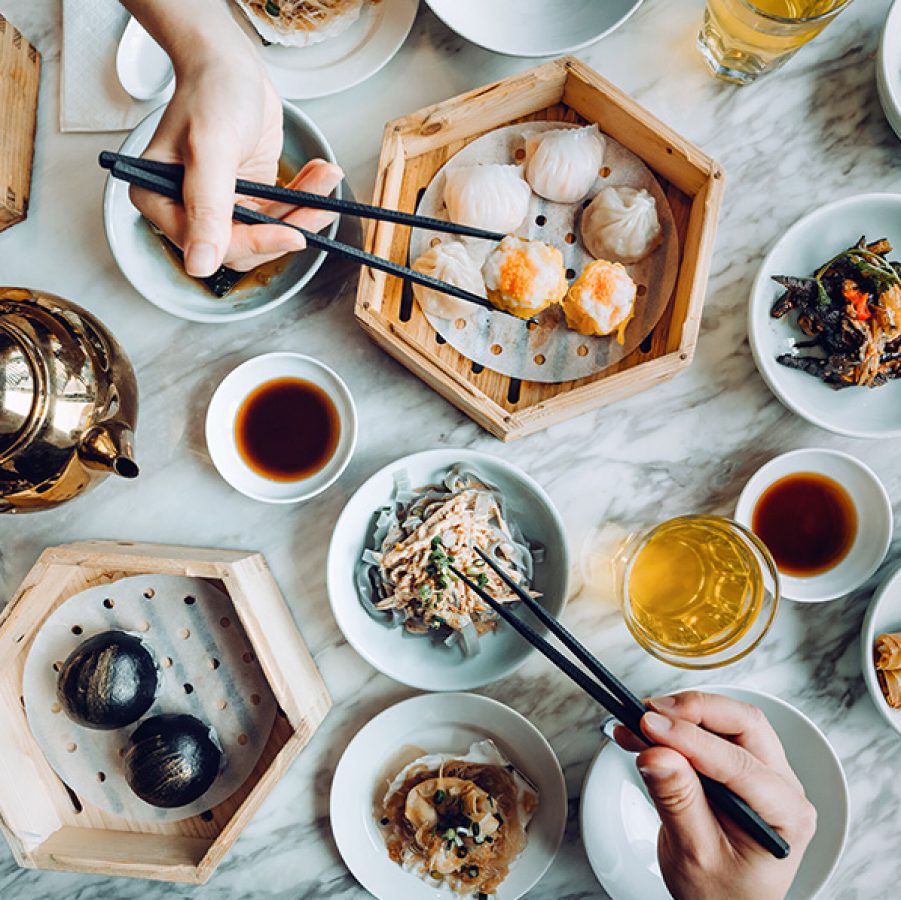
Credit: d3sign/Getty Images
Dim sum
Pillowy steamed buns and assorted dumplings peeking out of bamboo steamers remain breakfast staples for many living in Hong Kong. Check out our guide on the best dim sum in Hong Kong for where to go to get your fix.
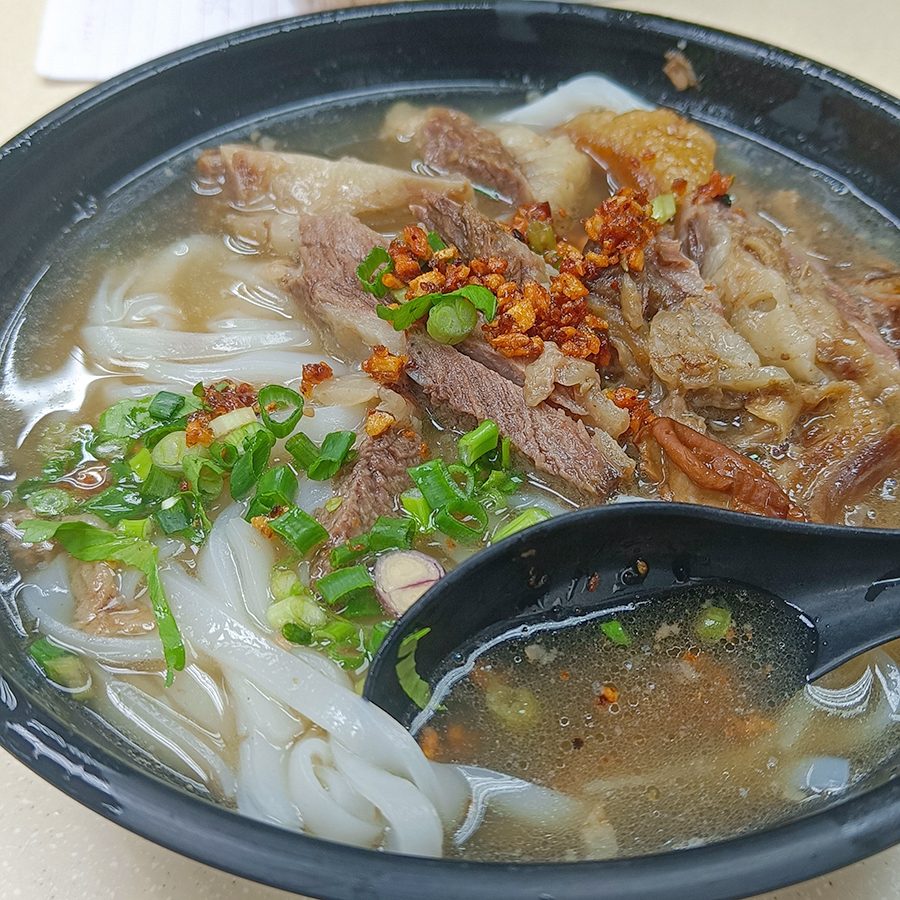
Credit: Carlo A/Getty Images
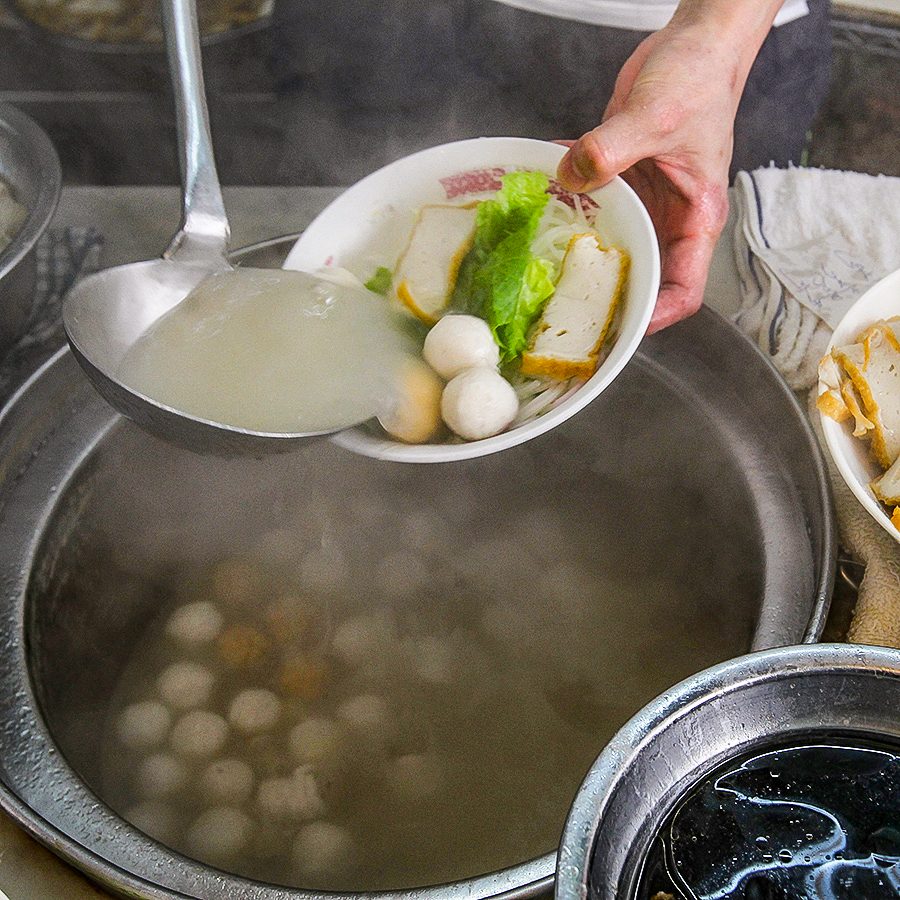
Credit: South China Morning Post/Getty Images
Soup noodles
Craving springy noodles in steaming clear broth? You’ll be spoilt for choice – especially when it comes to toppings. For the best beef brisket, line up (because there will be a line) at Sister Wah or make your way further down the street to Eight Treasures , where you can choose between different cuts of meat.
Fish ball lovers can visit any branch of Chiu Hing Fishball Rice Noodle or On Lee Noodle Shop . For a variety of flavours, order the “Four Treasures” bowl (available at most noodle shops), which often includes cuttlefish balls, triangular slices of fish paste and fish dumplings in addition to your classic fish ball.
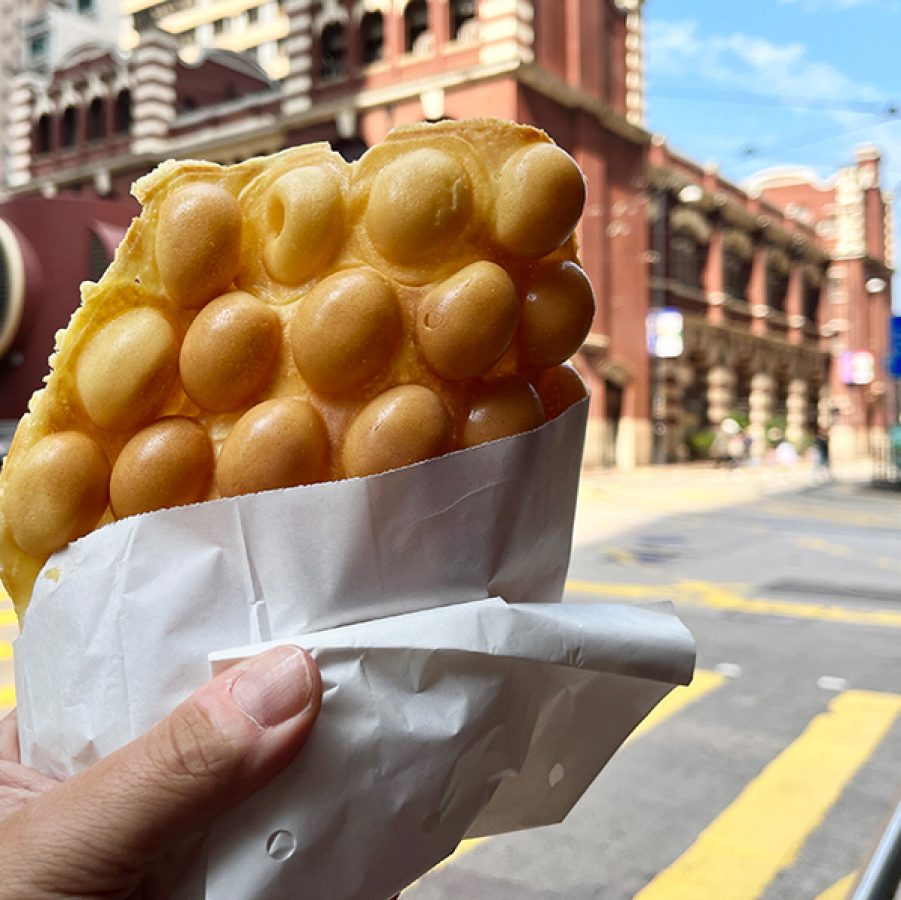
Credit: Carlo A/Getty Images
Egg waffles
Crunchy on the outside and chewy on the inside, gai daan zai (egg waffles) are the perfect versatile snack. Designed to be twisted off into bite-sized pieces, they can be sweet or savoury with fillings like chocolate or cheese. While you can grab a bag at any streetside stall that sells the treat, egg waffle chain Mammy Pancake offers a wealth of flavours beyond the usual, such as earl grey chocolate and purple sweet potato.
For a culinary expert’s take on the top Hong Kong staples and who does it best, read local chef Lucas Sin’s recommendations here.

Credit: Nurphoto./Getty Images
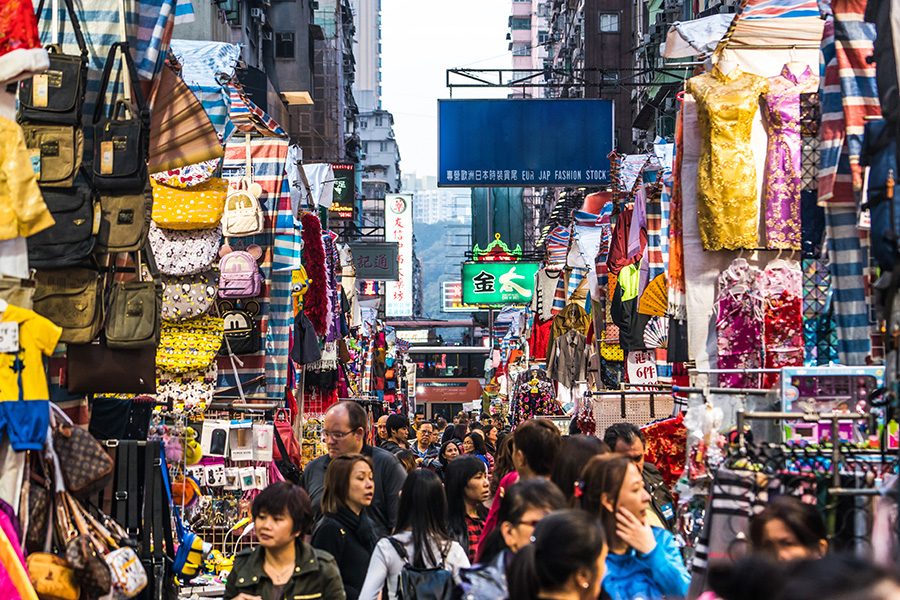
Credit: CHUNYIP WONG/Getty Images
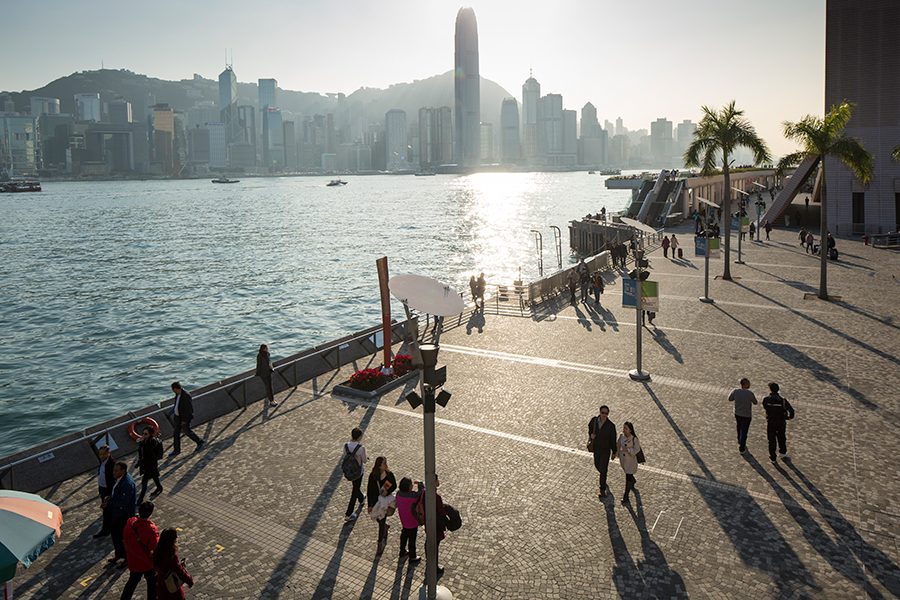
Credit: Paul Souders/Getty Images
What to see in Hong Kong
On a clear day, a walk (or tram ride) up to The Peak will reward you with sweeping aerial views of the city while a walk along the Tsim Sha Tsui Promenade promises unobstructed vistas of Hong Kong Island’s skyline. However, there’s more to the city than its concrete jungle – Hong Kong is filled with natural wonders waiting to be explored.
Those in search of retail therapy with a Hong Kong twist should check out Ladies’ Market (Tung Choi Street), whose tarp-covered stalls offer everything from fashion to electronic gadgets; and Sneaker Street (Fa Yuen Street), which is filled with sportswear shops.
Be sure to check Hong Kong’s public holidays before your visit so you can plan around expected closures or special events.

Credit: Upper House Hong Kong
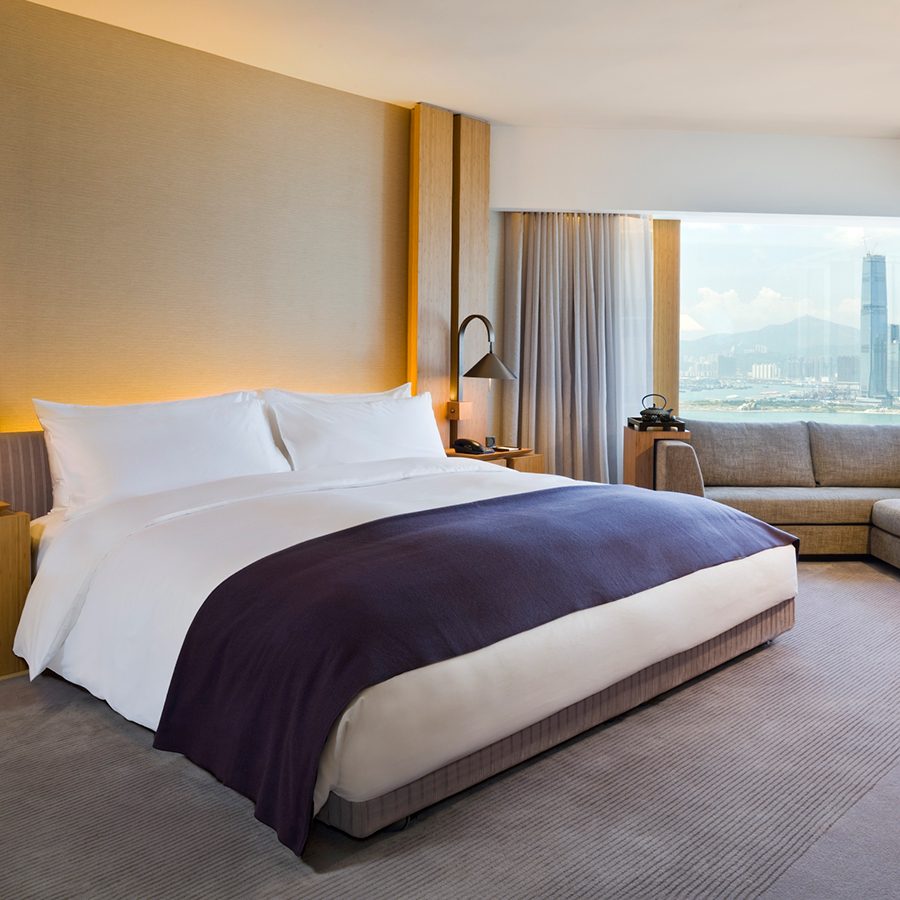
Credit: Upper House Hong Kong
Where to stay in Hong Kong
We’ve curated a list of the best hotels with a view; earn and redeem Asia Miles when you book with Cathay .
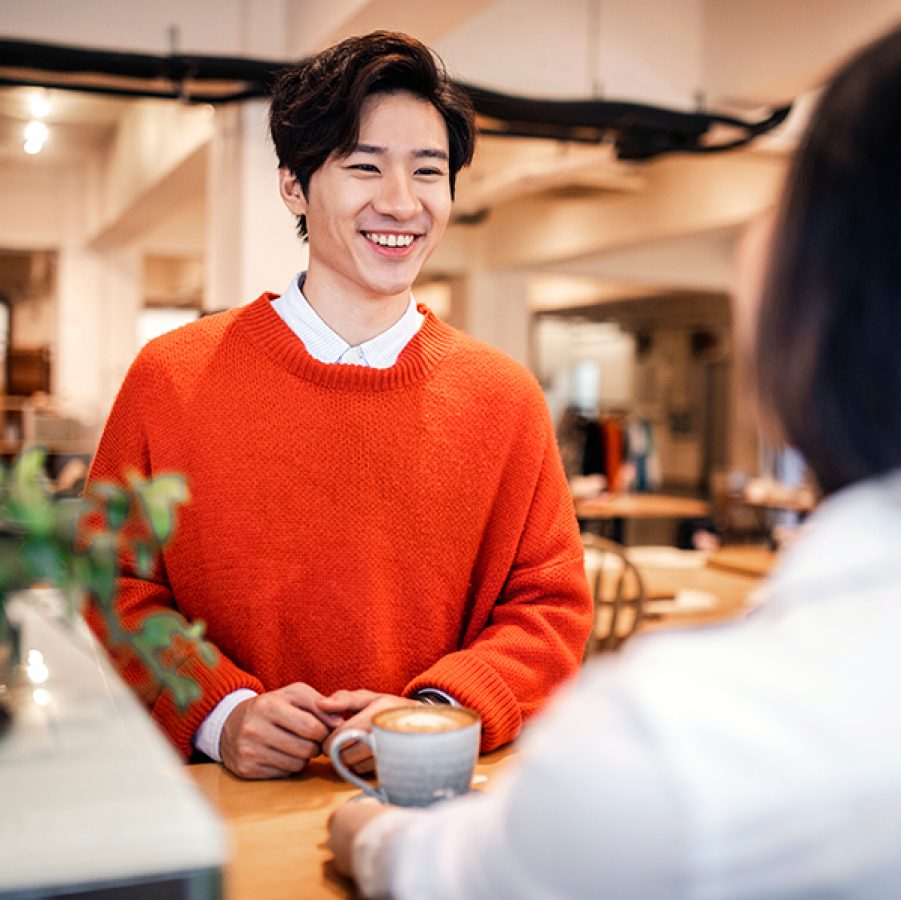
Credit: AzmanJaka/Getty Images
Helpful things to know
Useful phrases in Cantonese
Hong Kong’s official languages are Chinese and English. Cantonese is the more widely spoken Chinese dialect though Mandarin is also used.
If you’re greeting someone in Cantonese, you can say “nei hou”.
To thank someone for a favour (such as when a waiter serves your food or if someone holds the door open for you), say “mm goi”. Use “do je” to thank someone for a gift.
Trying to get through a crowd? You can say “mm goi” or “mm hou yi si” (excuse me). The latter can also be used if you happen to bump into someone by accident while squeezing by.
If you’re trying to confirm something, yes is “hai”. No is “mm hai”.

Credit: d3sign/Getty Images
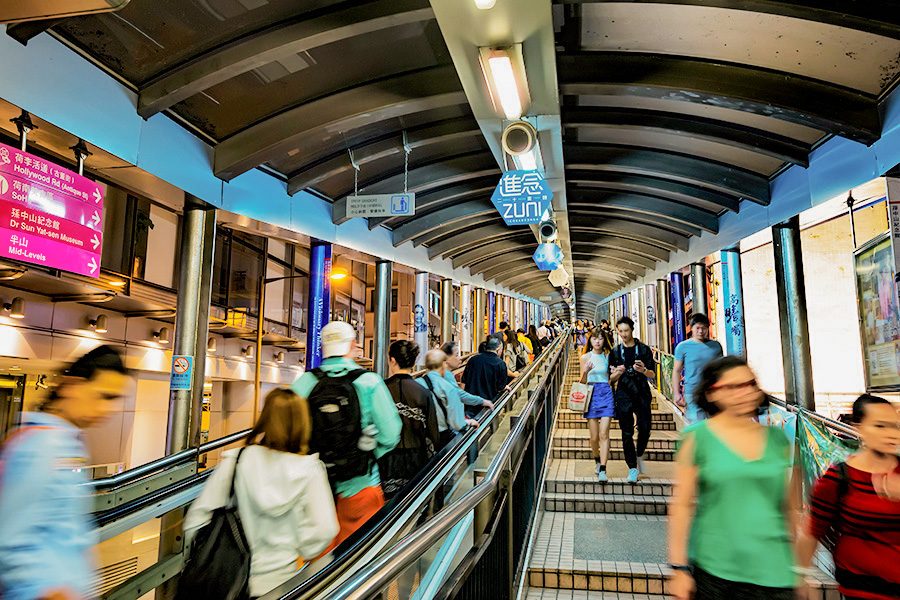
Credit: UCG/Getty Images

Credit: urbancow/Getty Images
General tips for getting around
All announcements on the MTR and bus systems are played in three languages: Cantonese, Mandarin and English, making it easy for you to keep track of stops.
Jaywalking when there is a pedestrian crossing less than 15 metres away is a criminal offence in Hong Kong, so where possible, you should always use an official crossing.
Before walking across a road that doesn’t have a pedestrian traffic light, look both ways for oncoming vehicles – drivers don’t prioritise pedestrians, so make sure the road is clear.
When going up or down escalators, Hongkongers tend to stand on the right side, leaving the left side clear for those who prefer to walk.
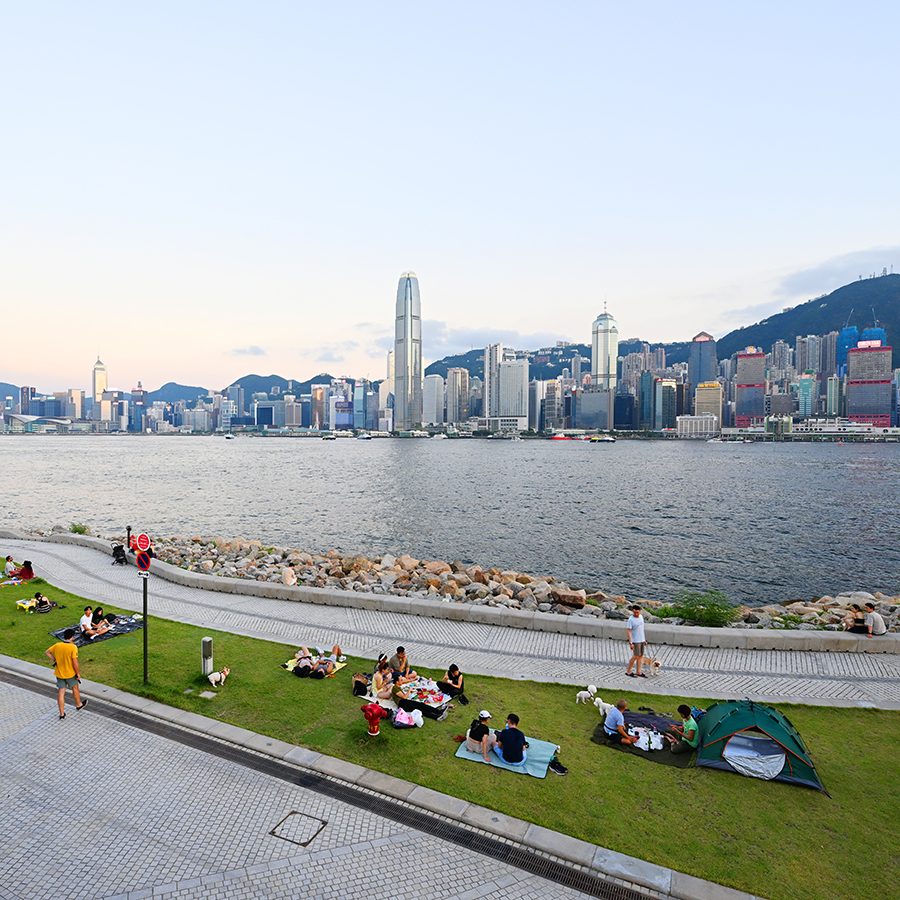
Credit: josephmok/Getty Images

Credit: Nukorn Plainpan/Getty Images
Weather
Hong Kong’s subtropical climate brings hot and humid weather for much of the year, with temperatures often soaring above a stifling 30 degrees Celsius. Be sure to dress appropriately, use sun cream and bring a hand-held fan – especially if you visit during the summer.
Monsoon season falls between May and September. If you visit during this time, be mindful of typhoon signals, and heat or thunderstorm warnings. If a typhoon is imminent, businesses and services including public transport may stop operating.
More inspiration
Hong Kong travel information
- China – the Chinese Mainland, Hong Kong SAR, Macao SAR and Taiwan Region
- Hong Kong SAR - English
- Chinese Mainland (China) - English
- Taiwan, China - English
- 香港特別行政區 - 繁體中文
- 中国內地 - 简体中文
- 中國台灣 - 繁體中文
- Africa
- South Africa - English
- Americas
- Canada - English
- Canada - Français
- United States - English
- Asia
- Bangladesh - English
- Korea - English
- Singapore - English
- Cambodia - English
- 한국 - 한국어
- Sri Lanka - English
- India - English
- Malaysia - English
- Thailand - English
- Indonesia - English
- Maldives - English
- ประเทศไทย - ภาษาไทย
- Indonesia - Bahasa Indonesia
- Myanmar - English
- Vietnam - English
- Japan - English
- Nepal - English
- Việt Nam - tiếng Việt
- 日本 - 日本語
- Philippines - English
- Australasia
- Australia - English
- New Zealand - English
